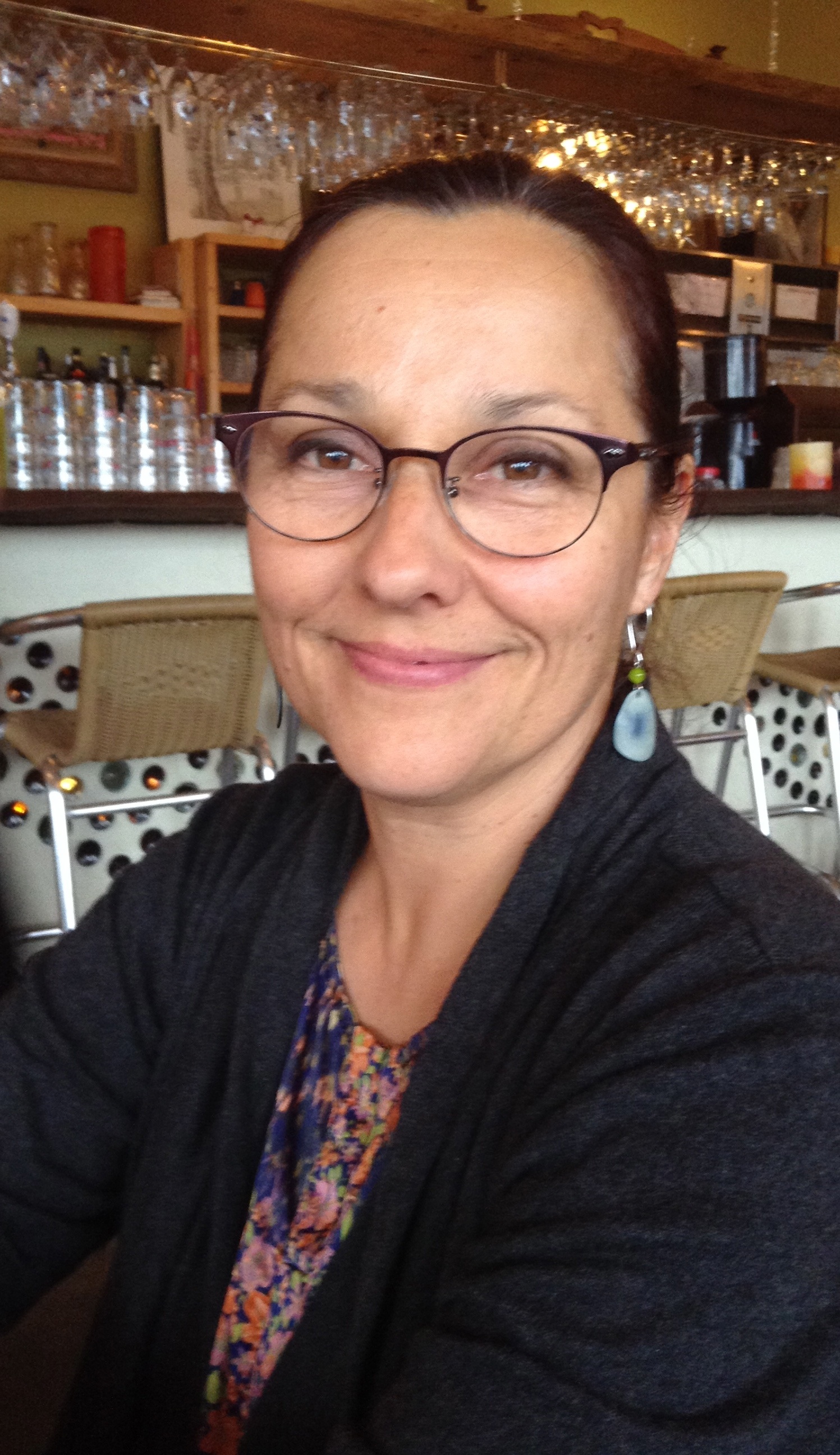At a recent staff meeting, I was asked to present and discuss the contents of an Indigenous Resource Bundle issued from our school board. The ‘bundle’ consists of about 20 beautiful books written by Indigenous authors and educators. Topics vary from learning about your ABCs and colours in English, French, Inuktitut, Cree and Algonquin, as well as, the residential schools legacy, legends, famous First Nations, Métis and Inuit history makers, and treaties. I was given 10 minutes to present the books and to offer suggestions on how they may be used in the classroom. For the amount of material to be discussed and the volume of information contained therein, the time was far too short, especially considering that so many teachers are new to this reality. Because the fact is, although the reality has always been there, it was never taught to Canadian school children until very recently.
Will these resources, beautiful and rich as they are, be used in our school? I am not so sure. Like the substantial LGBTQ book collection the school board presented to us last year, these books will likely be signed out by only a few teachers who remember they are there or who are motivated to include them in their lesson plans because they attended the in-service or because they have a genuine interest and personal connection with the material. This does not mean that teachers don’t care. It does mean that they may not know how to find the time to include this perspective in their lesson plans.
Our lives as teachers are already quite weighed down by new literacy and math initiatives, new curriculum documents, new strategies to increase levels of engagement of our students, etc., and when someone comes along and expects us to teach, on top of all we are doing already, something we have never learned, we feel overwhelmed. No wonder so many of us ask, ‘If we don’t understand it, how can we help our students to understand it?’
My only suggestion is that you begin by taking a book with an Aboriginal perspective and reading it to your class. Your journey will begin with the students’. You will not be expected to know all the answers to their questions. But you will have empathy and show, by learning and discussing, that you are willing to bridge the enormous gap that was the status quo for so very long. By reading one book with your students and asking what they thought while you were reading it – in my case, 8 year old urban students in 2014 learning about 8 year old Aboriginal students being removed by the government from their families and communities to go to school – you will never look back. Your perspective will change. It will mean that you will have to bring up the c-word – colonization. It is OK to tell them that because of colonization, you never learned about treaties or the Seven Grandfathers or residential schools when you were young. It may be a challenge to start such a dialogue, but this is our collective history as Canadians, and as educators, we are beholden to transmit history as accurately as possible, with the help of new curriculum, new resources, and new understanding. As the title of the book so clearly says, ‘We are all Treaty People’, we just may not realize how.
Reading one book may then make it easier to consider contacting the Métis Nation of Ontario, or a local Inuit Centre or First Nations’ Friendship Centre to invite a Métis Senator, or an Inuit or First Nations’ Elder to your class to talk to your students about something you would like to learn more about. Reach out. Ask questions. Read books to your class. Once you do, you become an ally. Becoming an ally, means you become part of a community for a mutually beneficial reason. Indigenous history is intrinsically part of Canadian history. Learning about it will enrich everyone’s lives.
Some titles to consider:
For Primary Students – When I was Eight and Not My Girl by Jordan-Fenton, Christy and Margaret Pokiak-Fenton
For Junior Students – Fatty Legs and Stranger at Home by Jordan-Fenton, Christy and Margaret Pokiak-Fenton
Arctic Stories by Kusugak, Michael Arvaarluk
Shin-Chi’s Canoe by Campbell, Nicola I., with illustrations by Kim LeFave
Shi Shi Ekto by Campbell, Nicola I., with illustrations by Kim LeFave
Rabbit and Bear Paws Series
As Long As The Rivers Flow by Larry Loyie
My Name is Seepeetza by Shirley Sterling
On-line resources:
-Metis Nation of Ontario Education Kit
http://www.metisnation.org/programs/education–training/education/metis-education-kit
-Residential School Legacy Exhibit resource for junior/intermediate students
http://wherearethechildren.ca/en/exhibition/
-Ontario Book Company offering Indigenous educational resources

